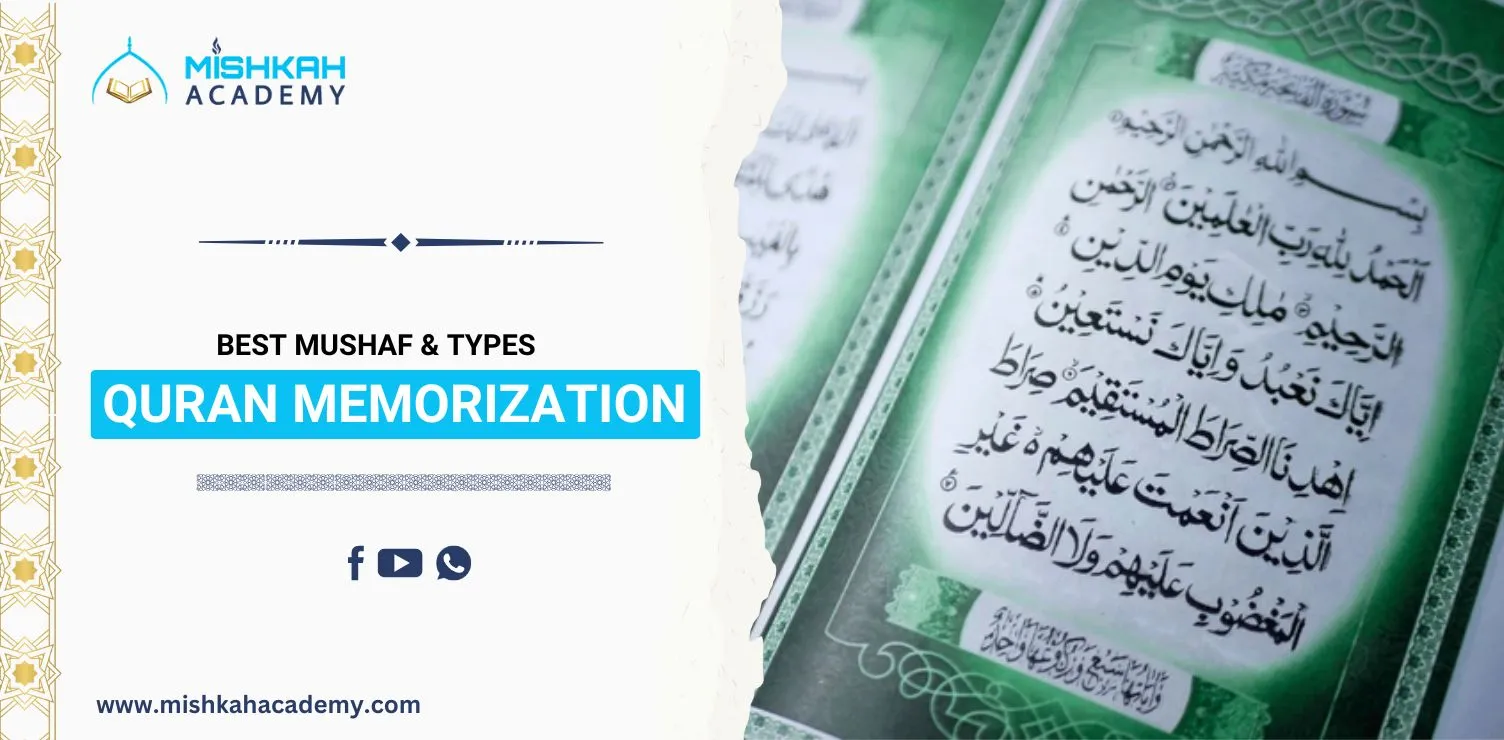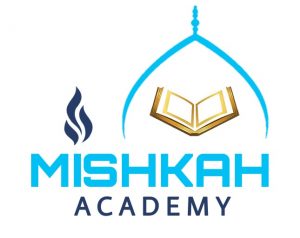When memorizing the Quran, having the best Mushaf is essential. The right Mushaf helps make Hifz easier, clearer, and more organized. Popular options include Mushaf al-Madinah, known for its beautiful Uthmani script, and Mushaf Tajweed, which highlights tajweed rules in color. Both ensure proper recitation and understanding.
People often choose between three script styles: Uthmani, Naskh, and Arabic. Each has its own style, making it important to find one that suits your learning. Using the best Mushaf ensures a smoother memorization process, helping you clearly focus on each verse.
What is the Best Mushaf for Hifz?
Table of Contents
ToggleThe best Mushaf for Hifz is the one that suits you individually. Ask yourself, “Which copy can I recite from comfortably and easily?” This includes both how easy it is to read and how well you can recite from it. For example, some may need larger text for better visibility or prefer a specific script, like Uthmani or Naskh, which feels easier to recite.
If you are considering specific types, here are some options:
- Mushaf al-Madinah: Written in Uthmani script, it is widely used and known for its clear and beautiful layout.
- Mushaf Tajweed: Highlights tajweed rules in color to help with the correct pronunciation.
The best Mushaf is the one that feels right for you, making the memorization process smoother and more comfortable.
Why Should You Use 15-Lined Mushaf for Hifz?
The 15-lined Mushaf has become very popular for Quran memorization program, and it’s clear why. Its spacious layout makes the text easier to read and memorize, with more room between the lines. This clear format helps students focus on the verses without distractions.
One key benefit is the color-coded Tajweed symbols. These visual markers help students follow the rules of pronunciation and recitation, which is a huge advantage for memorization.
Additionally, the 15-lined Mushaf is portable and durable, making it easy to carry anywhere, whether traveling or going to classes. Its compact size ensures you can always practice your Hifz wherever you are, which is why it’s so widely used by learners.
Types of Mushaf
When choosing a Mushaf for Hifz, there are several types of scripts to consider. The most common ones are Uthmani, Naskh, and classic Arabic. Each has its own style and features, making it important to choose one that feels right for you.
1. Uthmani Mushaf
- Widely used, especially in the Arab world.
- Known for its beautiful script, and is often printed in the Haramayn.
- The most popular formats are the 15-line old Madinah script and the 15-line Madinah script.
2. Naskh Mushaf (Subcontinent, Indo-Pak)
- Also called Nasta’leeq, Majeedi, or non-Uthmani.
- Uses a different style, with distinct symbols and divisions compared to Uthmani.
- Popular in the subcontinent, with common versions like the 13-line, 15-line, and 16-line Qur’an.
3. Arabic Mushaf
- Written in a more traditional script.
- Often considered the most accessible for beginners due to its simple layout.
Uthmani vs Naskh vs Arabic Mushaf
| Feature | Uthmani Mushaf | Naskh Mushaf (Subcontinent) | Arabic Mushaf |
| Script Style | Uthmani | Naskh (also called Nasta’leeq) | Classic Arabic |
| Region | Arab World | Subcontinent (Indo-Pak) | Global |
| Popular Formats | 15-lined Madinah script | 13, 15, 16-lined versions | Standard, accessible |
| Main Use | Hifz, general recitation | Hifz, popular in Indo-Pak | Beginner-friendly |
| Distinct Feature | Clear, beautiful layout | Different symbols, distinct script | Simple, easy to follow |
Which Mushaf is Easy to Read?
The Tajweed Color-coded Mushaf is a great tool for beginners because it provides visual cues to help with proper pronunciation and recitation. Each color highlights different Tajweed rules, making it easier to apply them as you read.
However, as you advance in your Hifz course journey, switching to a more traditional-style Mushaf with simpler text and no color markings can help improve focus and fluency in quran recitation.
Tajweed Colors and Their Meanings:
- Red: Indicates where to apply a ghunna (nasal sound).
- Green: Denotes the need to pronounce letters with an ikhfa (concealment).
- Blue: Marks the application of idgham (merging letters).
- Yellow: Shows the rules of qalqalah (echoing sound).
- Gray: Points to silent letters that shouldn’t be pronounced.
As your recitation improves, using a traditional Mushaf helps you focus more on the rhythm and fluency without relying on these visual aids.
How to Choose the Best Mushaf for Yourself?
- Paper Quality: High-quality paper ensures the Mushaf lasts longer and is easy to handle. It also prevents ink from bleeding through, making the text clearer. For regular use, durable paper is essential.
- Font Size: A readable font size is crucial for comfortable reading, especially for memorization. Larger fonts minimize eye strain, especially for those with vision difficulties. Ensure the font is easy on your eyes for extended use.
- Tajweed Rules: Tajweed rules help in accurate recitation. A color-coded Mushaf can make learning Tajweed easier, especially for beginners, by providing visual cues for correct pronunciation and improving fluency in quran recitation.
- Frontier Notes: Frontier notes offer brief explanations of Quranic verses, helping readers understand the meaning and context. This feature is useful for those seeking deeper insights into the Quran, enhancing both comprehension and reflection.
Conclusion
Choosing the right Mushaf is essential for a comfortable and meaningful Quran reading experience. Consider factors like paper quality, font size, Tajweed rules, and additional notes to ensure you find one that suits your needs.
These features can greatly improve your recitation and memorization. If you’re unsure which Mushaf is best for you, Mishkah Academy can guide you in selecting the perfect one, helping you enhance your Quranic journey.






